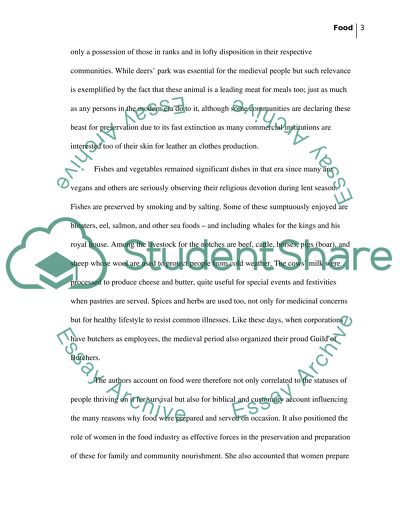Cite this document
(“Food and How It Is Served to Reflect the Era, Governance, Culture, and Book Report/Review”, n.d.)
Food and How It Is Served to Reflect the Era, Governance, Culture, and Book Report/Review. Retrieved from https://studentshare.org/culture/1480612-book-review-of-a-history-of-english-food-book-by
Food and How It Is Served to Reflect the Era, Governance, Culture, and Book Report/Review. Retrieved from https://studentshare.org/culture/1480612-book-review-of-a-history-of-english-food-book-by
(Food and How It Is Served to Reflect the Era, Governance, Culture, and Book Report/Review)
Food and How It Is Served to Reflect the Era, Governance, Culture, and Book Report/Review. https://studentshare.org/culture/1480612-book-review-of-a-history-of-english-food-book-by.
Food and How It Is Served to Reflect the Era, Governance, Culture, and Book Report/Review. https://studentshare.org/culture/1480612-book-review-of-a-history-of-english-food-book-by.
“Food and How It Is Served to Reflect the Era, Governance, Culture, and Book Report/Review”, n.d. https://studentshare.org/culture/1480612-book-review-of-a-history-of-english-food-book-by.


